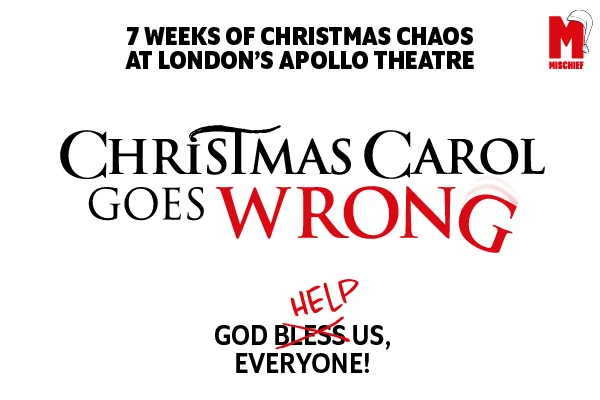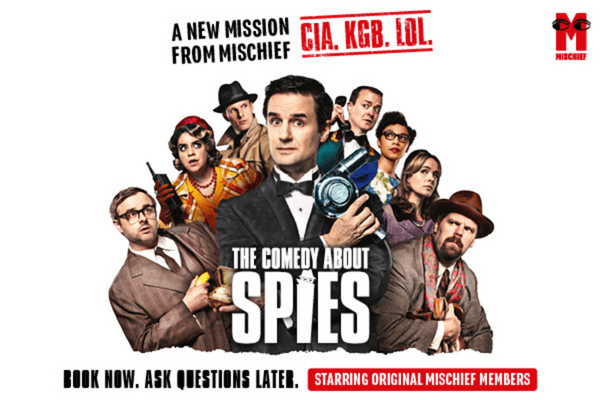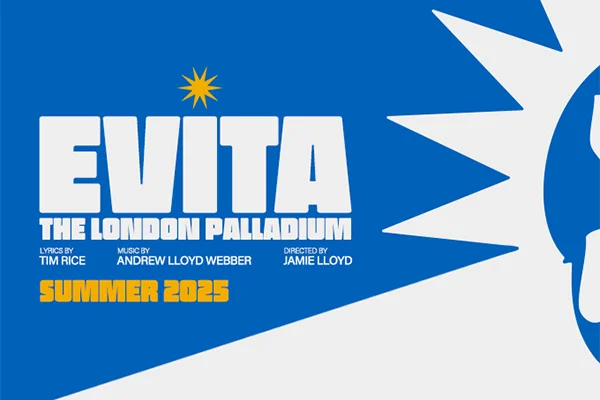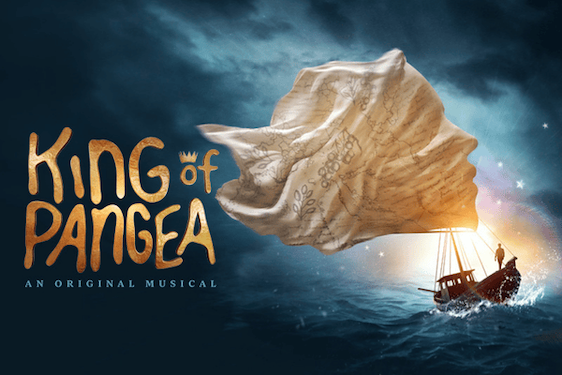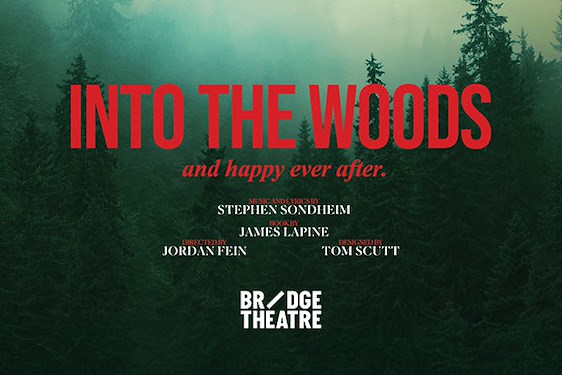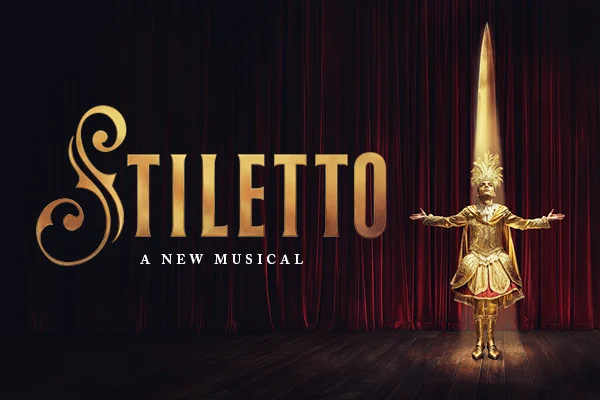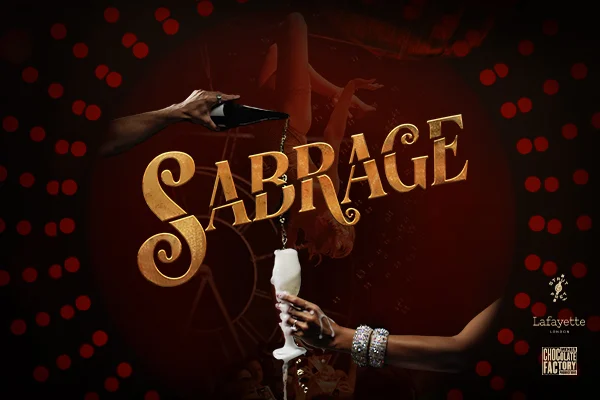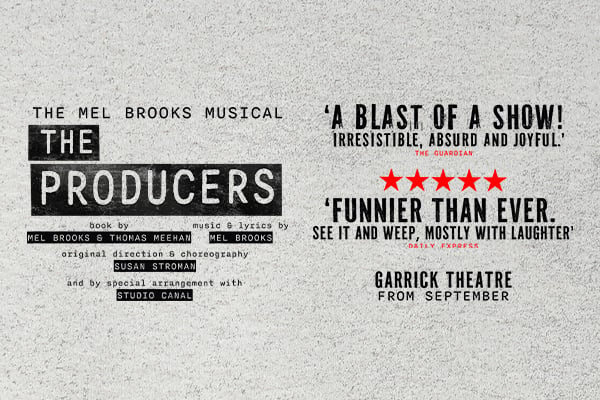A long table stretches across the expansive floor of the Coronet. Behind it, projections on the far wall provide stark images of modern buildings in a ruinous state, and ancient ruins in a semi-preserved quiescence. Moss and vines grow on the ancient ruins but not on the scars of recently scorched estates and houses. The heat of these scorch marks are too fresh for the colonisation of weeds. At the table, four performers take their seats. A cascade of poetry, music, and personal letters begins.
Sometimes the tones of the readers are reconciliatory, sometimes they are accusatorial.
A Letter to a Friend in Gaza is a multimedia & multidisciplinary performance directed by veteran filmmaker Amos Gitai. Four performers, (two Palestinian, two Jewish) read to each other in a sharp inter-textual dialogue that aims to find a shared memory within legacies of war and slaughter stretching back to (and beyond) the Roman occupation of Jerusalem and the sacking of its temple in 70AD.
Sometimes the tones of the readers are reconciliatory, sometimes they are accusatorial. Throughout the inter-textual weave is live music performed by Bruno Maurice, Kioomars Musayyebi and Alexey Kochetkov. Occasionally, they walk with each other as they play in duet. At other times they position themselves at opposite ends of the table and play their instruments in discord. Everything in Gitai’s universe acknowledges the idea of reconciliation but also the sheer impossibility of a successful reconciliation right now. At it’s most heated, A Letter to a Friend in Gaza asks unflinchingly how future generations, in particular the children of Israeli soldiers, may reject their own parentage due to memories of shame tethered to Palestinian displacement.
Gitai is a filmmaker and amongst dazzling poetry from Mahmoud Darwish, recognised by many to be Palestine’s national poet, Gitai’s own cinematic focus shines through. Aerial footage of an Israeli military range is particularly alienating. Expansive and endless scars left by tank tracks on muddy ground criss-cross a seemingly endless plain as soldiers learn their manoeuvres in readiness for action.
I work in museums. In museum culture, there are collection arrangements called ‘Synoptic Collections’, which aim to express an idea, theme or concept, by careful selection of specimens. A synoptic collection does not provide an expansive or comprehensive treatment for the benefit of experts – it is instead frames an idea for those who may be encountering it for the first time. A Letter to a Friend in Gaza is a synoptic play. The texts, footage, and music in this play have been carefully arranged by experts who want to outline spatial, cultural, and emotional devastation to the uninitiated without exposing them to the agonising totality of it.
A Letter to a Friend in Gaza is a monument to memory and survival more than it is a theatrical performance. It does not have a narrative, but it has a through-line with momentum. It is reminiscent of a sacked library with histories in flame, and Gitai’s task is not dissimilar to that of the many dutiful librarians and curators who have preceded him – determined to salvage something from the scorch marks. This is an admirable piece of theatre that rests heavy behind the eyes long after you have seen it.









